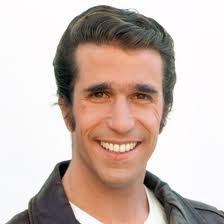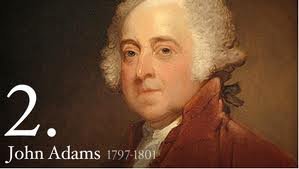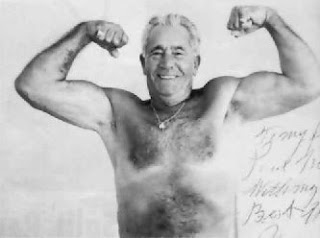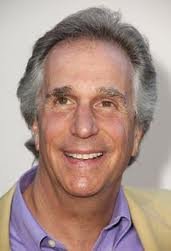
The teapot was invented in China during the Yuan Dynasty. It was probably derived from ceramic kettles and wine pots, which were made of bronze and other metals and were a feature of Chinese life for thousands of years. Tea preparation during previous dynasties did not use a teapot. In the Tang Dynasty, a cauldron was used to boil ground tea, which was served in bowls. Song Dynasty tea was made by boiling water in a kettle then pouring the water into a bowl with finely ground tea leaves. A brush was then used to stir the tea. Written evidence of a teapot appears in the Yuan Dynasty text Jiyuan Conghua, which describes a teapot that the author, Cai Shizhan, bought from the scholar Sun Daoming. By the Ming Dynasty, teapots were widespread in China. The earliest example of a teapot that has survived to this day seems to be the one in the Flagstaff House Museum of Teaware; it has been dated to 1513 and is attributed to Gongchun.
Early teapots, like those still used in modern Gongfu tea ceremony, are small by western standards. They use a higher ratio of leaves to water, which enables the brewer to control the variables of brewing to create several small infusions. After brewing, tea would then be decanted into a separate vessel, and distributed into the small cups of several drinkers, and brewed again. This allows the tea to be skillfully brewed, and for the flavor changes to be experienced through the various infusions.
Teapots made from pottery materials such as clay have been hand-fired for tens of thousands of years, originally in China. Clay is a popular material for teapots, as they tend to retain heat very well.
If you want to read more, go here:
- 1 (18-1/4-ounce) package devil's food or any flavor cake mix, prepared according to package directions
- 2 (16-ounce) containers white frosting
- Red, yellow, and green food colors
- 1 flat-bottom ice cream cone
- Candy corn for garnish
- Decorating gel for garnish
- Preheat oven to 350º. Coat a 10-inch Bundt pan with cooking spray; pour in prepared batter.
- Bake 30 to 35 minutes; let cool 10 minutes. Remove from pan and invert onto platter; let cool completely.
- Meanwhile, in a large bowl, stir white frosting with a few drops of red and yellow food colors, until frosting reaches desired orange color. Set aside 1/4 cup orange frosting in a small bowl and add a drop of green food color to make desired brown color. Place ice cream cone upside down on waxed paper and frost with brown frosting then cover and refrigerate.
- Frost cooled cake with orange frosting. Create eyes, mouth, and nose with Halloween candy or decorating gel. Place frosted ice cream cone in center hole of cake at an angle for stem.
1893 – Charles Atlas, Italian-born bodybuilder (d. 1972)
1945 – Henry Winkler, American actor

1946 – Robert L. Gibson, American astronaut
1951 – Harry Hamlin, American actor





















No comments:
Post a Comment